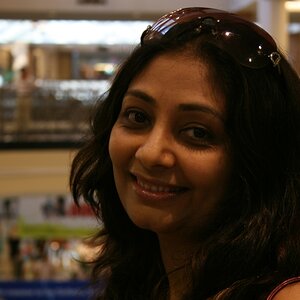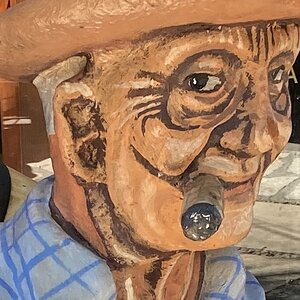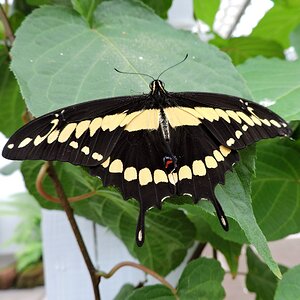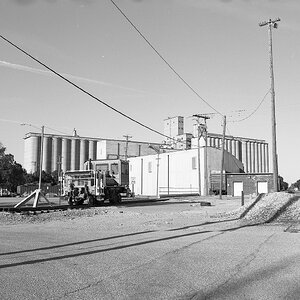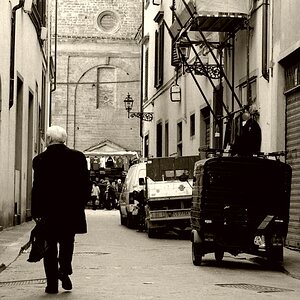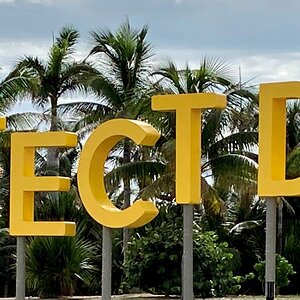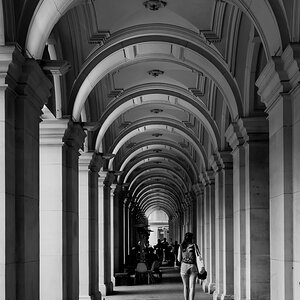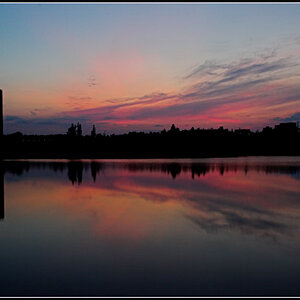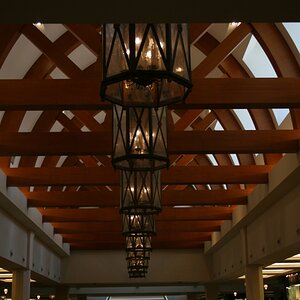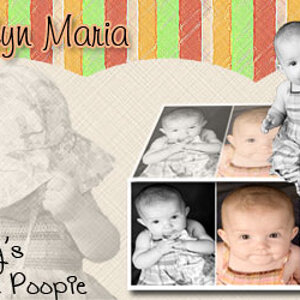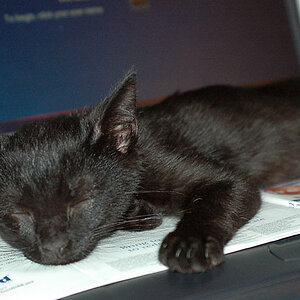mostlysunny
TPF Noob!
- Joined
- Sep 4, 2012
- Messages
- 46
- Reaction score
- 14
- Location
- Northhridge, Ca
- Can others edit my Photos
- Photos OK to edit
I know it's bad-- But I could use some tweek idea. I think I had the F stop open too wide for the lighing.. it was in my front yard with a street light close. I think I will find a darker area and open the f stop to 20??? Maybe put the ISO at.... ??? 300??
my front

my front



